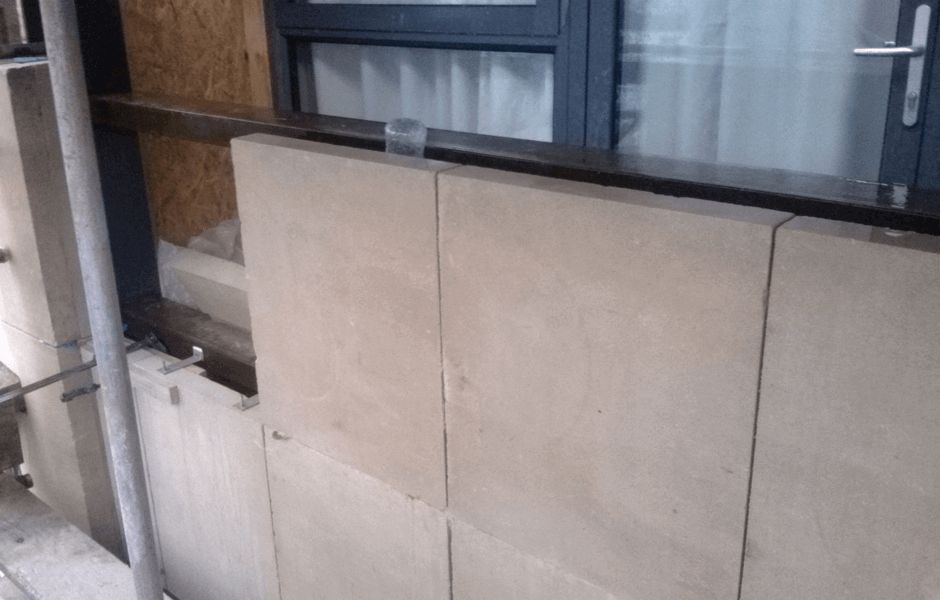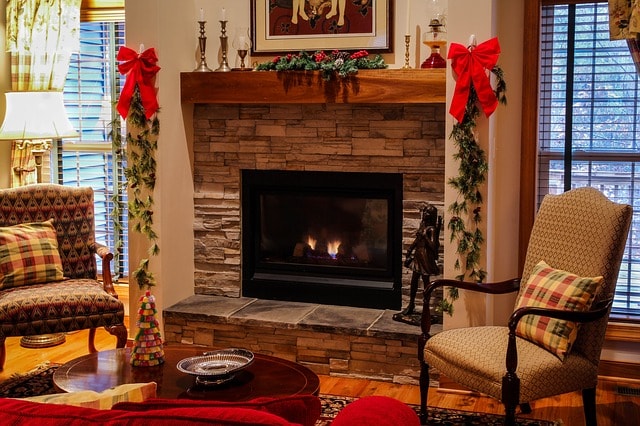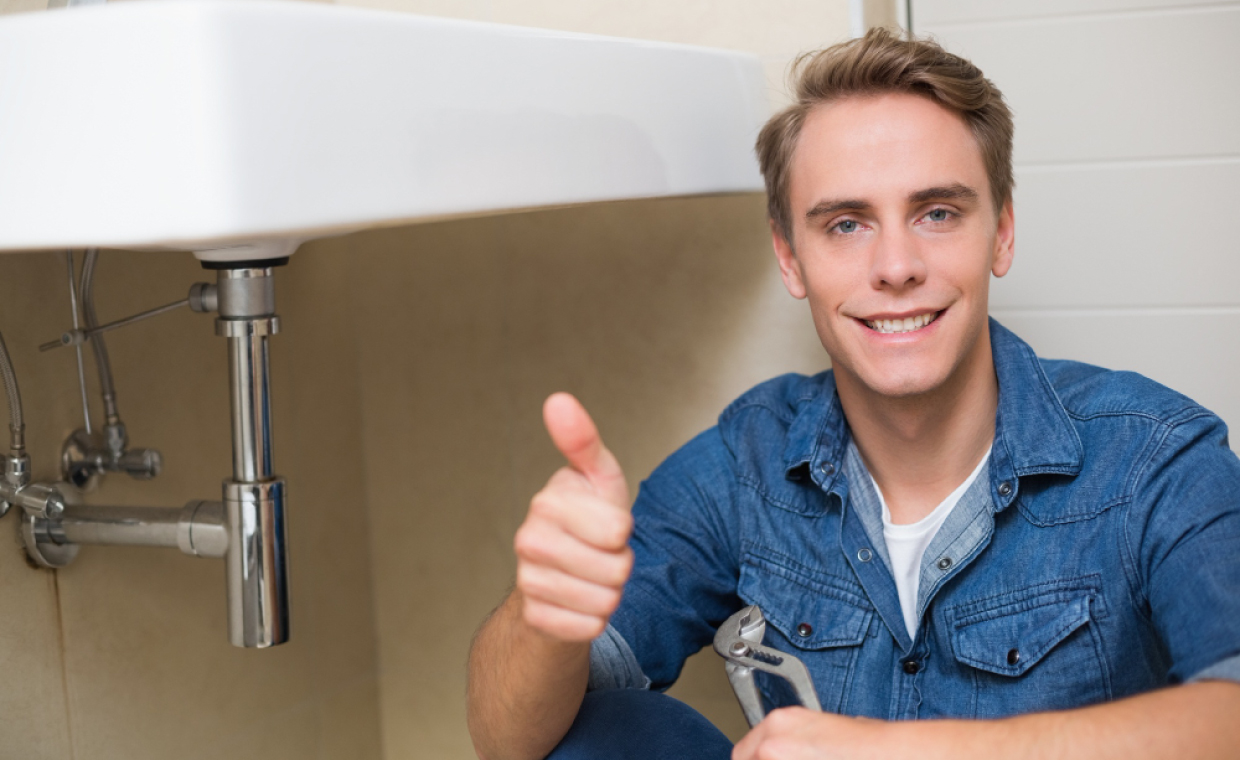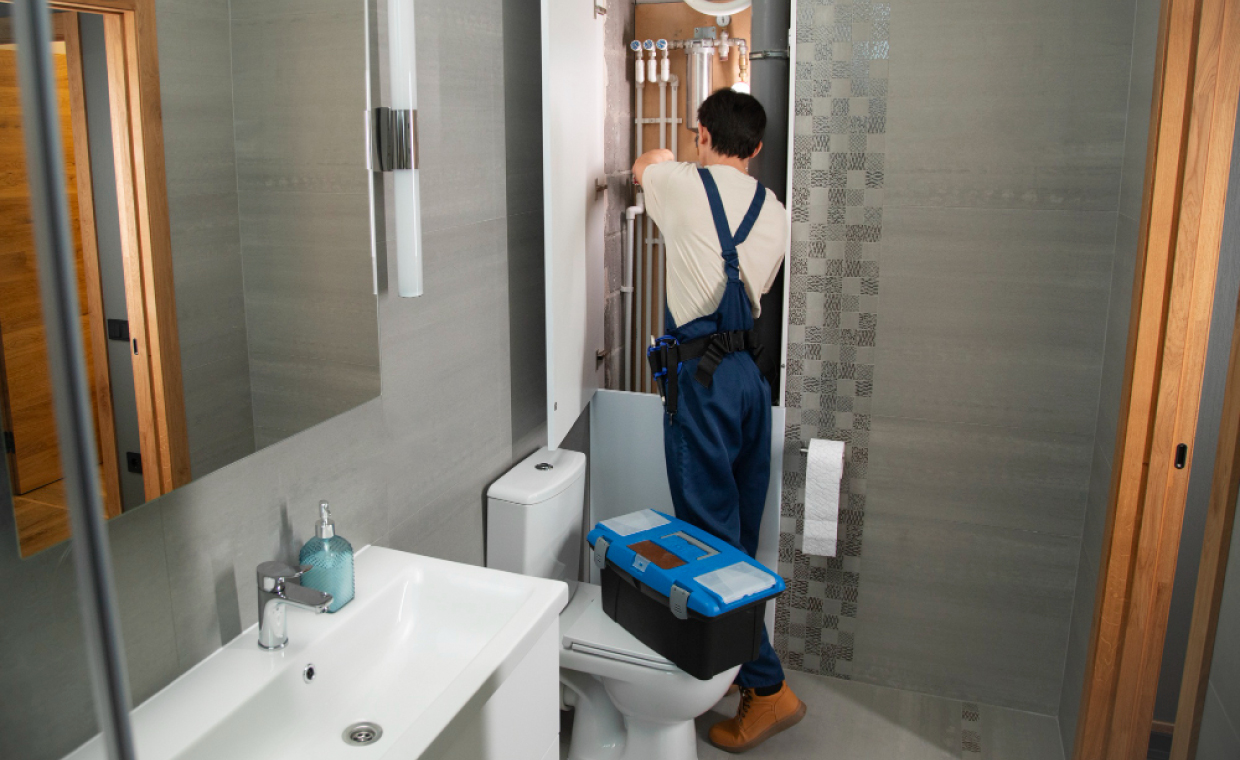
With the advancement in technology and invention of new construction materials, the modern construction industry has revolutionized to a great extent. Wall cladding is one such advancement. Wall cladding has nowadays become a new trend in the construction industry. It refers to a covering used on one material of wall for providing protection as well as a decorative look.
There are many types of cladding materials available in the market such as laminate, stone cladding, tiles, brick cladding, glass, aluminium composite panels, fiber cement boards, etc. Among these, natural stone cladding is preferred for its high durability and finish. Here we have given brief information on natural stone cladding and their advantages, which every homeowner must know before selecting the cladding material for their house.
Natural stone cladding is a layer of natural stone applied to the walls. When applied it gives an effect such that the wall is made of natural stone itself. Natural stone cladding is produced by quarrying different stones and milling them into thin pieces. They are available in the standard sizes of 300 mm X 300 mm or 600 mm X 600 mm. The thickness ranges from 12 to 20 mm depending upon the types of stone. However, customized sizes are available according to the requirements. Their standard weight is 2500 kg/m3, and hence they are heavy in weight.
Different types of stones such as marble, granite, limestone, slate, kota stone, quartz, gwalior stone, red agra are available. Each stone has different and unique texture, and hence a very distinct aesthetic can be achieved by using natural stone cladding. Customized designs can be created by combining different types of natural stones.
Natural stone cladding can be applied as wet cladding or dry cladding. Commonly, wet cladding has been used in which mortar or special types of adhesives are used to apply cladding to the wall. However, there are some disadvantages such as; it may fall easily if not properly applied. Stones are porous and absorb water from rain, hence may deteriorate, if proper finishing of mortar is not done. Further, they will get affected due to expansion and contraction due to heat.
Dry cladding is done using screws and bolts. Stones are drilled and fitted with bolts on aluminium tubes attached to the walls. In this case, there is a gap between the cladding surface and the wall. Hence, air in cavity helps in improving the thermal insulation. The installation is hassle free and there less chances of stones to fall off. However, it is very expensive as compared to wet cladding. Minimum thickness of stone cladding required for dry cladding is 20 to 25 mm.

Properties of Natural Stone Cladding
01. High Strength
- Natural stones have high strength and hence protect the house against rain and storms.
02. Thermal Insulation:
- Depending upon the stone the thermal conductivity may vary from 0.2 to 2.7 W/m/ 0K, hence they have moderate thermal conductivity and hence may create due to expansion or contraction and therefore needs construction joints.
03. Resistance Against Ultra-violet Rays:
- Natural stones have good resistance towards UV rays; hence, there are less chances of fading of colour.
04. Fire-resistant:
- They have good resistance against fire and are incombustible. However, when heated, they may become brittle and fall, causing safety concern.

05. Maintenance and Cleaning
- The natural stones will need more intensive cleaning as they have rough surface and dirt may stick to it.
06. Durability:
- Natural stone cladding have the highest durability amongst the cladding materials. If proper care is taken, they may last over 50 years or more.
Advantages and Disadvantages of Natural Stone Cladding
The advantages and disadvantages of natural stone cladding are as follows:
Advantages of Natural Stone Cladding
- Natural stone cladding gives a unique look to the house, as each stone is different. The walls get natural aesthetic and natural look instead of artificial.
- The major advantage of natural stone cladding is that it has high durability, when installed carefully. It can last for 50 years or even more.
- It has good thermal insulation and hence help in maintaining the temperature of the interior.
- Natural stone cladding is compatible with all for the major surfaces such as timber, cement, brick, metal, etc.
- They have high strength and are resistant towards atmospheric agents.
- Adding natural stone cladding to the house increases its value.
- It is fire resistant unlike wood cladding.
- As, they are available naturally and have natural colours, fading of colour due to ultraviolet rays has less chances. The colours remain intact with time.
- Natural stone cladding is termite resistant and bacteria resistant.
- After its life is over, the stones can be recycled again, hence making it sustainable
Disadvantages of Natural Stone Cladding
- Natural stone cladding must be sealed properly; otherwise, during rains, water may penetrate through them causing the interior paint to deteriorate.
- Stones require structural substrate, which can bear its weight easily.
- Their installation is laborious and requires skilled labour. Due to its heavy weight, it is difficult to install.
- It is very expensive as compared to other cladding materials.
- The natural stones may fall during an earthquake as they are fixed using an adhesive. Even in case of dry cladding, they may fall, as they are brittle. Being brittle in nature, individual piece may also break and fall though sticking is good. Thereby creating hazards.
- It increases dead load i.e. weight of the structure.
- If stones are porous, it will remain effected due to water absorption during rains.
- The surface texture and colour may not look alike and uniform all across the surface.
- It needs a provision in critical structural design as it has a huge weight.
Due to its high durability and unique aesthetic features, natural stone cladding is very popular among the urban houses, where budget is not limited. However, proper cleaning and maintenance must be done to ensure high durability. In addition, it must be seen, that the cladding is installed carefully so that its advantages are utilized fully.
Also Read:
Comparison of Cladding Materials: Select the Right Option for Your Home!
Membrane Finish of Modular Kitchen: All You Need to Know
10+ Types of Wallpaper for Your Home Interior!
10 Types of Stones that can be Used for Masonry
Image Courtesy: Image 2



































